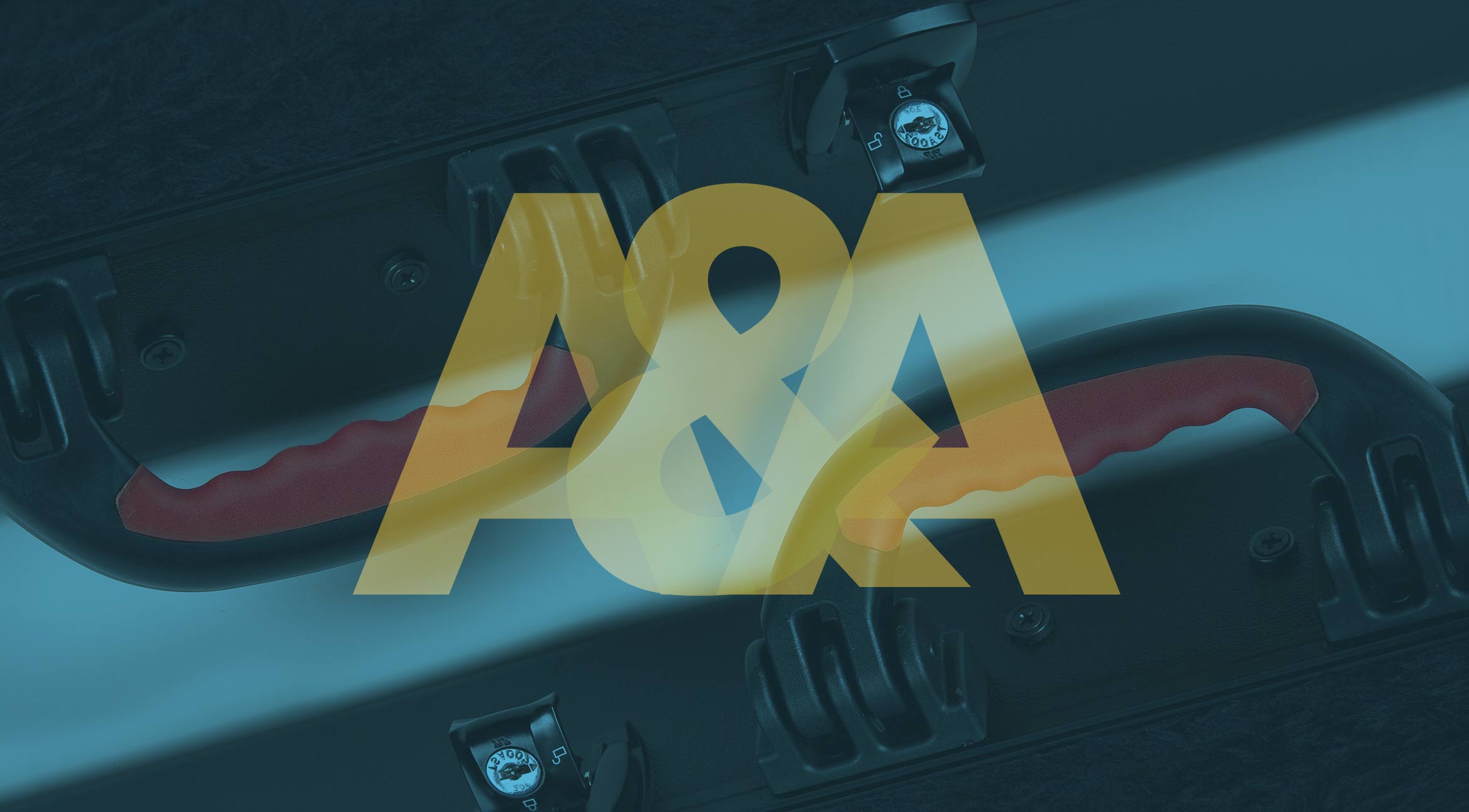
If you’re a guitarist and like to travel, you’ve probably thought about the best way to protect your guitar on a plane. In fact, that was one of the questions Reddit user egglicious submitted to the r/guitar forum.
Taking a guitar on a commercial airline can be rather unnerving considering all the nightmare stories you may have heard of dinged, broken or even lost instruments due to careless baggage handlers or uncooperative flight crews.
It was an issue that saw the spotlight back in 2008, when United Airlines baggage handlers in Chicago nearly destroyed passenger Dave Carroll's $3,500 acoustic guitar, and Carroll struck back after a year of unsuccessful attempts at redress by posting a video for a charmingly scathing ditty of his called "United Breaks Guitars." A viral hit, the song racked up 4 million views in just over a week, after which United finally offered to compensate Carroll. Several news outlets somewhat dubiously reported that the airline's share value subsequently dipped by 10 percent; what's certain is that United definitely got tons of bad press in the wake of the turbulent incident despite the fact that it doesn't actually break a lot of guitars.
But don’t fret too much. There is room for concern, but there are also things that you can do to give your guitar the best chance of getting to your final destination safe and sound.
Detune Your Guitar
Loosening the strings on your guitar will help deal with the changing and unpredictable temperature and pressure that comes with any flight. In addition, a humidifier can help manage the rising and falling levels of moisture inside your case. Those fluctuating variables put enough strain on the neck to snap even the strongest of woods.
Pack Your Case
Even when secured inside a case — even a hard case — a guitar can still move around, something you can minimize by using packing materials, some t-shirts, towels or anything else that’s soft to support its fragile points, like the neck and headstock. Use enough to make it slightly difficult to close the case.
You could also place a cloth in between the strings and the fingerboard to prevent friction against the frets as the guitar is jostled about.
Don’t miss out!
Be the first to know about new products, featured content, exclusive offers and giveaways.
Gig Bag vs. Hard Case
As of March 2015, the Department of Transportation’s law that (carriers must allow passengers to stow their small musical instruments guitars, violins, etc.)in an approved stowage area in the cabin took effect. So there are pros and cons of both the hard and soft case.
A hardshell case will provide the best protection, but a gig bag offers more options when trying to place the guitar in an overhead compartment (or even in the coat closet) since it’s more compact.
For larger instruments, sometimes it is possible to secure them to a seat as "seat baggage" or "cargo in passenger cabin." Carriers are required to place large instruments in the cabin if the passenger wishing to carry the instrument in the aircraft cabin has purchased an additional seat to accommodate the instrument (which must also be in a case and not exceed 165 pounds or applicable weight restrictions for the plane).
In addition, Fender offers a slew of molded hard cases that boast TSA-approved locks and military-grade outer shells should you still want to go the road of checked baggage.
Put Your Name on It
Make sure that you’ve properly labeled the inside and outside of the case with your name, home address, and personal and work phone numbers. Airlines provide free stick-on tags, and most offer "privacy tags" that conceal this information from passers-by. If you check the guitar, be sure to get a claim check and hold on to it tight.
Fly Nonstop
Of course, it's nice to get a nonstop flight when you can, as it gets you to your destination faster. But those flights also minimize the potential for lost baggage. The likelihood of your guitar going astray increases as the number of connections increases.
Note the Value
You probably want to purchase "excess valuation" from the airline if your guitar is worth more than the airline's liability limit.
Assess Your Gear Upon Landing
As soon as you arrive at your destination and receive your guitar case, open it to see if anything is missing or damaged. Report any issues to the airline before you leave the airport and insist that the airline fill out a form and give you a copy. Get the agent's name and appropriate phone number to follow up.
With proper consideration, you shouldn't be afraid of flying the friendly skies with your beloved guitar. Yes, there are horrror stories, but these pointers should stack the odds in your favor.


